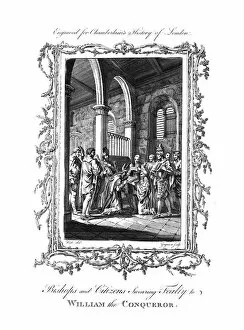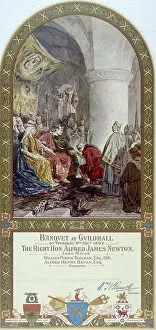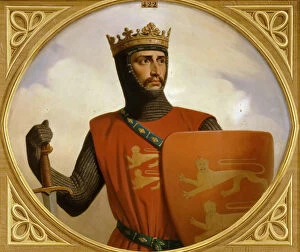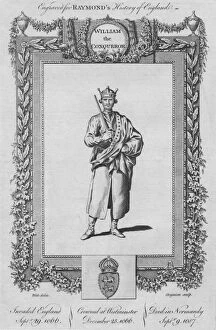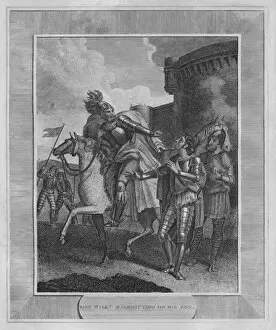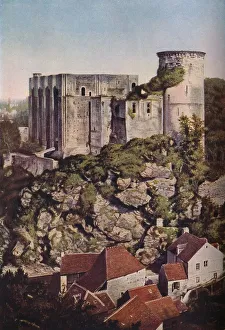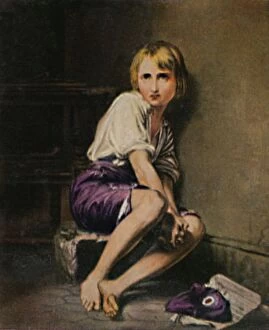Duke Of Normandy Collection (page 3)
"The Duke of Normandy: A Legacy Carved in History" In the late 11th century, amidst a vibrant feast depicted on the Bayeux Tapestry
All Professionally Made to Order for Quick Shipping
"The Duke of Normandy: A Legacy Carved in History" In the late 11th century, amidst a vibrant feast depicted on the Bayeux Tapestry, we catch a glimpse of the illustrious Duke of Normandy. This unknown creator skillfully captures the essence of William Longsword or Longspear, who ruled over Normandy from 933 to 942. His statue stands tall and proud, a testament to his influential reign. The seal representing King William I showcases his regal presence during his rule as Duke of Normandy. As history unfolds, we witness Harold II, the last Anglo-Saxon king of England in an evocative artwork by James William Edmund Doyle. The intricate details bring forth a sense of melancholy for what was soon to come. Richard I the Fearless and Richard the Good leave their mark on history as Dukes of Normandy during tumultuous times. Their legacies are immortalized through captivating images that capture their strength and determination. Helmets from kings and barons adorn Francis Grose's Military Antiquities illustration, reminding us of battles fought and victories won under Norman leadership. Among these triumphs is Harold's valiant stand at Hastings in 1066 - an event forever etched into our collective memory. A magnificent statue honoring William the Conqueror graces Falaise with its presence. Unveiling tales of conquest and resilience, it serves as a reminder that this remarkable leader changed English history forever. The Battle of Hastings itself comes alive through William Bromley's artistic rendition - showcasing bravery amid chaos as two forces clash for power on English soil. From crowns worn by English sovereigns spanning generations to wool embroidery depicting epic clashes like William leading his army against Duke Conan - each artifact tells its own story within the grand narrative surrounding the Dukes of Normandy.


